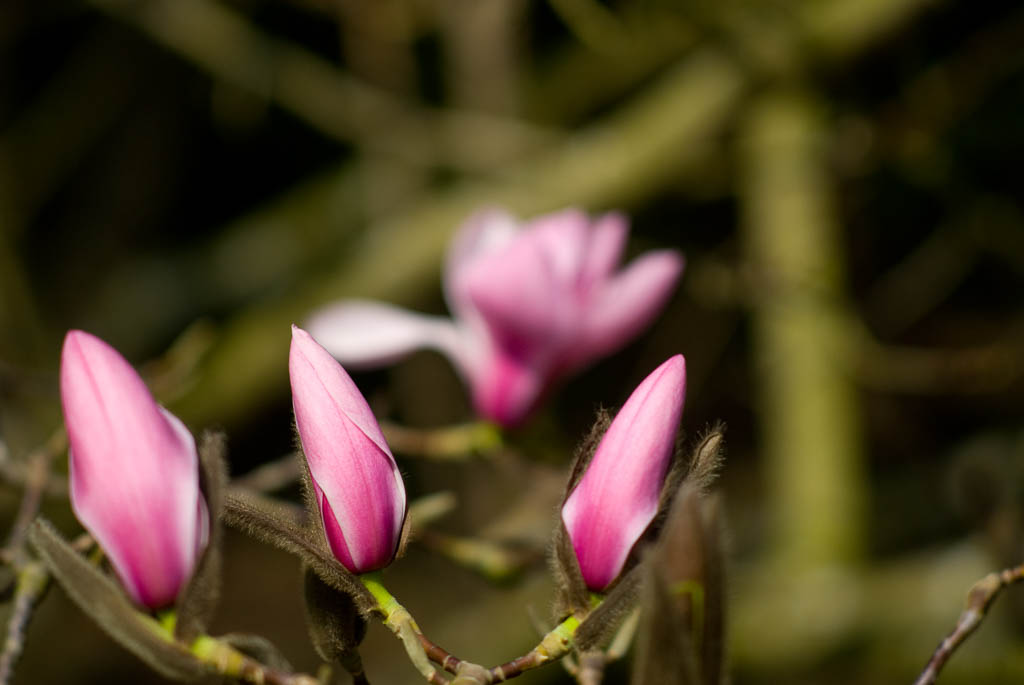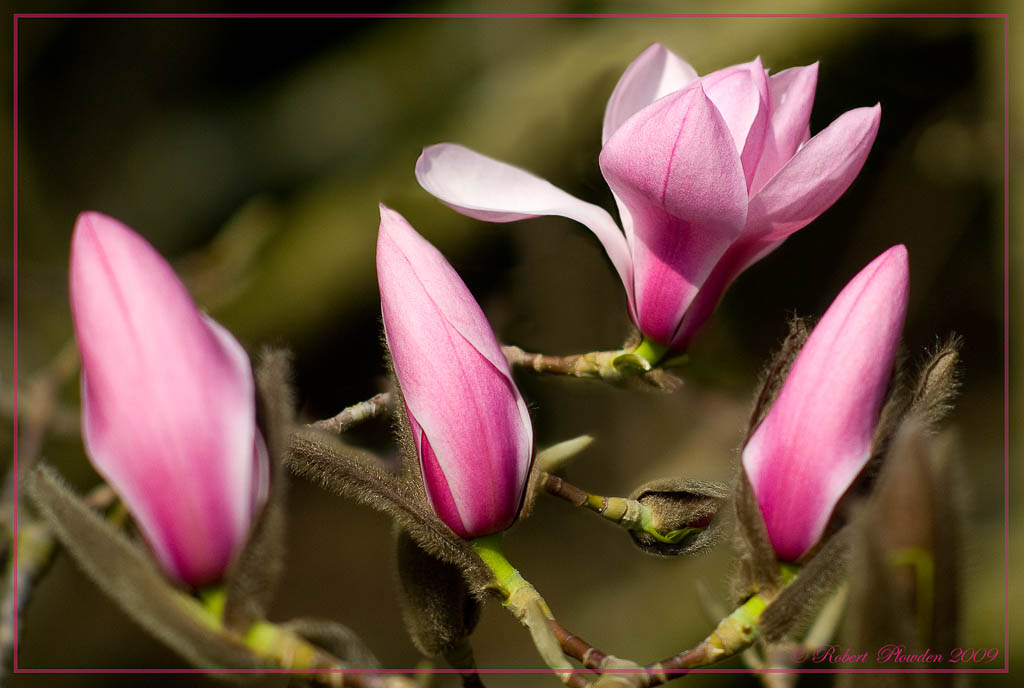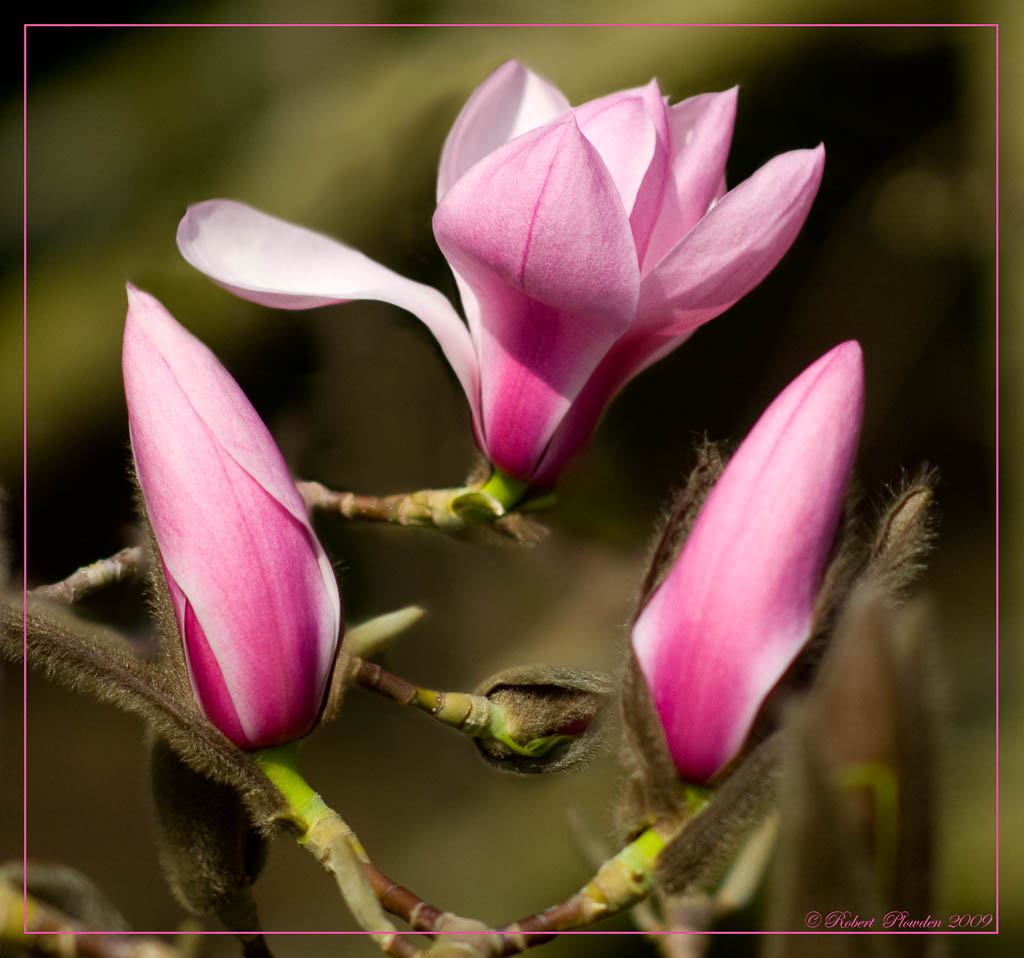The reason I returned to my interest in photography (apart from the 'free film' provided by digital

) was that I wanted some illustrative input to add to my late fathers unpublished 1973 manuscript on commemorative plant names.
Since 2006 (when I got my D1) I have been visiting botanic and other gardens gathering photographs of commemoratively named plants with the eventual aim of incorporating them when I publish his work, which amounts to about 240,000 words, cataloging and describing the work and lives of the people who have been commemorated by naming a plant, species or genus after them, usually in a Latinised form.
Photographing plants and flowers well isn't particularly easy as I have discovered, particularly outdoors. I try to keep the background in soft focus to emphasise and separate the subject. I try to make the picture pleasing, sharp and detailed, a mixture of art and accuracy. To this end I have tried to use good, fast manual lenses like the Nikkor 105mm f/2.5, micro Nikkor 55mm f/2.8 and occasionally, where access is limited the Nikkor 300mm and 180mm - f/2.8. Apart from the inevitable breeze which springs from nowhere the moment I have finished composing, focusing and place my finger on the shutter release, is the consideration of depth of focus. For a single flower or if I am lucky enough to find a bunch of flowers in the focal plane, that's usually OK, but for some plants and trees it becomes an issue.
This Magnolia Sprengeri is pretty typical. Taken with D200, micro Nikkor 55mm f/2.8 @ f2.8 ISO200. Two exposures, one focused on the back flower, the other on the front flowers.


I overlaid the two images in Photoshop and manually blended the two to form one image.
This is what I came up with...

But I felt this was better...

I have used this ad-hok method occasionally where the situation demands but it's pretty hit or miss and very time consuming.
I have been following Michael's activities for many years with interest, for me I have felt that although his work is wonderful, it goes beyond my needs. However, for some specific occasions where I can access nice examples of plants and flowers in a controlled environment, indoors, I am beginning to wonder if a motorised stacking device might be worth investigating, to create some stunning illustrations.
What I am unsure about is the difference between moving the focused camera to achieve the stack or to alter the focus. Maybe it's mechanically easier to move the camera/lens. But, what about making a simple mechanical step focusing attachment which turns the focus ring with a stepper motor???
With a longer focal length the scene won't change very much but with a shorter focal length, moving the lens/camera forward will alter the scene by parallax. Does the stacking software compensate for the parallax changes, does this cause problems, artefacts? Even re-focusing can alter the parallax a bit esp. with CRC lenses, where the focal length changes. I don't want to invest time and effort into making a stacking slide to find re-focusing stacking is better, I have plenty paperweights and doorstops!
Thoughts or comments please.